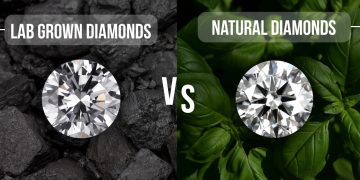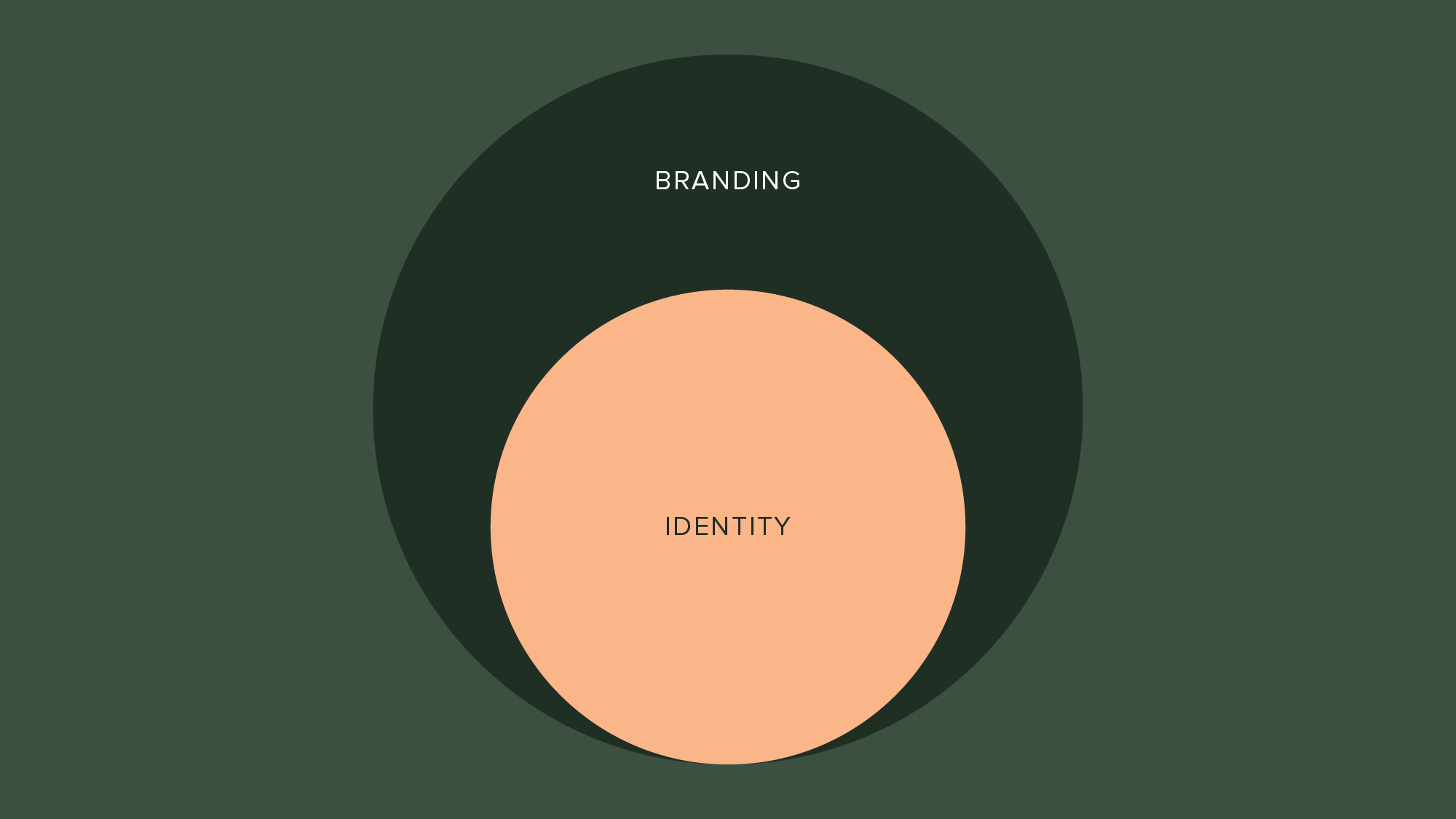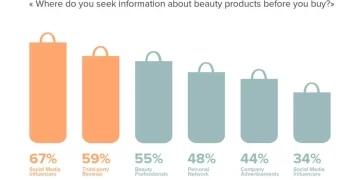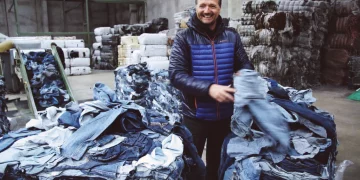Tiffany & Co., one of the most iconic names in luxury jewelry, has long been synonymous with timeless elegance, craftsmanship, and sophisticated design. Over the years, the brand has built a reputation for creating exceptional jewelry pieces, particularly with its signature blue box, which has become a symbol of luxury and prestige. However, as consumer preferences shift towards sustainability and ethical practices, even the most storied luxury brands must evolve to meet the changing expectations of the modern consumer.
In recent years, Tiffany has made significant strides in environmental sustainability by implementing a range of new eco-friendly initiatives. These efforts reflect a broader trend within the luxury sector, where brands are increasingly aligning their operations with principles of sustainability and corporate social responsibility (CSR). By embracing these values, Tiffany aims not only to mitigate its environmental impact but also to strengthen its brand image and cultivate deeper consumer loyalty in an ever-competitive marketplace.
This article explores how Tiffany’s environmental initiatives could impact its brand image, its standing within the luxury jewelry industry, and ultimately, its relationship with consumers.
1. Tiffany’s Commitment to Sustainability: Key Environmental Initiatives
Tiffany’s efforts to embrace sustainability and reduce its environmental footprint are a reflection of the growing global awareness surrounding environmental issues, such as climate change, deforestation, and ethical sourcing. The company has taken several proactive steps in recent years to address these concerns, which include the following key initiatives:
A. Sourcing Ethical Materials
One of Tiffany’s most significant moves toward environmental responsibility has been its commitment to ethical sourcing of materials. The company has established strict guidelines to ensure that all its precious metals, diamonds, and gemstones are responsibly sourced. For example, Tiffany has been a pioneer in sourcing conflict-free diamonds and has joined initiatives such as the Kimberley Process Certification Scheme to guarantee that its diamonds do not contribute to human rights abuses or environmental destruction.
In addition to diamonds, Tiffany has committed to using recycled precious metals, reducing its reliance on mining, which can have significant environmental impacts. The company’s focus on sustainable sourcing means that it is increasingly reliant on lab-grown diamonds, which have a smaller environmental footprint compared to traditional mined stones.
B. Carbon Neutrality and Energy Efficiency
In its efforts to become a more sustainable company, Tiffany announced its commitment to achieving carbon neutrality by the end of 2025. This includes reducing the company’s carbon emissions, investing in renewable energy, and improving energy efficiency across its operations. The company has already taken steps to reduce emissions within its stores, manufacturing facilities, and supply chains by implementing green building practices and ensuring that a significant portion of its energy comes from renewable sources.
Tiffany has also launched efforts to offset its carbon footprint by investing in environmental projects aimed at protecting forests, preserving biodiversity, and restoring ecosystems. By making these investments, the company not only contributes positively to the environment but also aligns itself with growing consumer demand for companies to take more responsibility for their impact on the planet.
C. Sustainable Packaging
Another crucial component of Tiffany’s environmental efforts is its sustainable packaging. The company has redesigned its signature blue boxes and pouches to use recycled and recyclable materials, thereby reducing its use of single-use plastics and minimizing waste. This effort is in line with a broader push across the luxury goods sector to reduce packaging waste and ensure that all packaging materials are sourced responsibly.
2. The Impact on Tiffany’s Brand Image
Tiffany has long been a prestigious name in the luxury jewelry industry, but as sustainability becomes a core value for many consumers, the brand’s environmental initiatives have the potential to significantly enhance its brand image. Here’s how these initiatives are likely to shape Tiffany’s public perception:
A. Positioning as an Industry Leader in Sustainability
By implementing these groundbreaking environmental initiatives, Tiffany is positioning itself as an industry leader in sustainability within the luxury jewelry sector. While many luxury brands are still in the early stages of adopting sustainable practices, Tiffany is taking bold steps that not only align with its heritage of craftsmanship and quality but also with modern values of social responsibility and environmental stewardship.
In the competitive luxury market, sustainability has become a key differentiator. Brands that invest in environmentally friendly practices are gaining favor with discerning consumers who value sustainability as much as they do quality and design. Tiffany’s commitment to transparency and its willingness to invest in long-term environmental strategies signal to consumers that the brand is not just focused on profits, but also on contributing positively to the planet.
B. Strengthening Brand Reputation and Authenticity
In recent years, there has been a growing demand for authenticity in brand actions. Consumers want to know that companies are genuinely committed to their values rather than simply engaging in “greenwashing” — superficial or misleading sustainability efforts. Tiffany’s transparency regarding its sustainability efforts and its track record of ethically sourced materials and eco-friendly practices have helped bolster its reputation as a trustworthy and authentic brand.
By communicating its commitment to sustainability through various platforms, including its website, advertising, and product packaging, Tiffany is reinforcing its authenticity in a way that resonates with consumers, particularly millennials and Gen Z, who are known for their focus on sustainability.
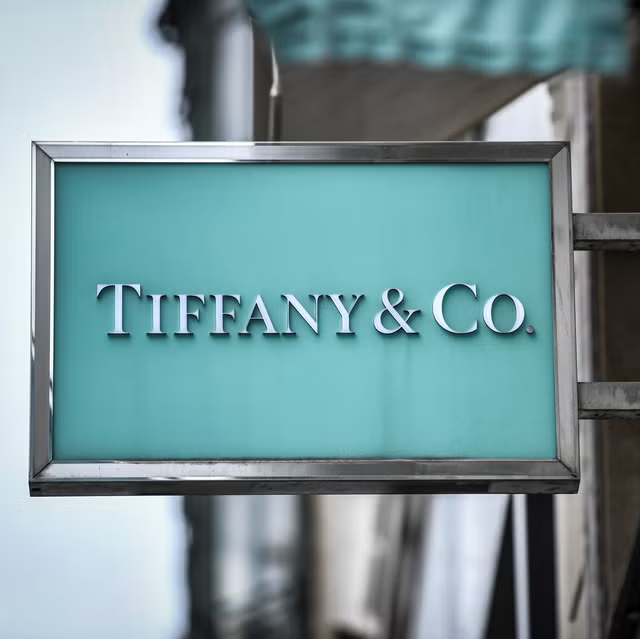
3. Impact on Consumer Loyalty
Consumer loyalty is one of the most critical components of a brand’s long-term success, especially in the luxury industry, where buyers are often seeking more than just products—they are seeking experiences and emotional connections with the brands they support. Tiffany’s environmental initiatives are likely to have a profound effect on its ability to build and retain loyalty among consumers.
A. Building a Deeper Connection with Conscious Consumers
The rise of the conscious consumer has forced luxury brands to reimagine their roles in society. Consumers today are increasingly asking questions about where products come from, how they are made, and what impact they have on the environment. Tiffany’s commitment to sustainability speaks directly to this group of consumers who want to purchase products from companies that align with their values.
By investing in ethical sourcing and sustainability, Tiffany is likely to increase its appeal to this growing segment of consumers who prioritize eco-conscious buying decisions. As these consumers place more value on brands that reflect their environmental and social values, Tiffany’s sustainability initiatives will likely encourage long-term loyalty among this group.
B. Enhancing Brand Advocacy and Word-of-Mouth Marketing
Consumers who feel strongly about the environmental initiatives of a brand are more likely to become brand advocates. As Tiffany’s sustainability efforts gain traction, it is likely that consumers who align with the brand’s values will share their positive experiences with others. In the age of social media, where influencers and word-of-mouth marketing are powerful tools, this type of advocacy can significantly boost the brand’s visibility and credibility.
By cultivating loyal consumers who not only buy Tiffany products but also promote the brand’s values, Tiffany can foster a dedicated customer base that will not only return for future purchases but will actively promote the brand to their social circles.
C. Long-Term Benefits of Sustainability for Consumer Retention
Sustainability initiatives can play a crucial role in long-term consumer retention. Today’s consumers, particularly those in younger generations, are more likely to stick with brands that demonstrate a genuine commitment to the planet and society. Tiffany’s sustainability efforts are likely to not only attract new customers but also to keep existing ones engaged and loyal.
As Tiffany continues to implement environmentally friendly practices, consumers may feel more compelled to stay loyal to a brand they see as responsible, thus increasing the likelihood of repeat business and continued engagement over time.
4. Conclusion: A Strategic Move for Tiffany’s Future
Tiffany’s new environmental initiatives represent much more than just a set of business practices—they are an essential part of the brand’s evolution and long-term strategy. By aligning with modern values of sustainability, Tiffany is not only enhancing its brand image but also positioning itself to foster deeper relationships with conscious consumers who prioritize ethical and environmental concerns.
As the luxury jewelry market becomes increasingly driven by consumer demands for transparency, authenticity, and social responsibility, Tiffany’s commitment to sustainability will likely serve as a significant competitive advantage. The company’s efforts will strengthen its brand loyalty, foster a sense of brand advocacy, and ensure that it remains at the forefront of a rapidly changing industry.
By embracing sustainability, Tiffany is not only crafting beautiful jewelry but also shaping a future where environmental consciousness and luxury are no longer mutually exclusive—ultimately solidifying its place as a brand that continues to evolve while honoring its rich heritage.



